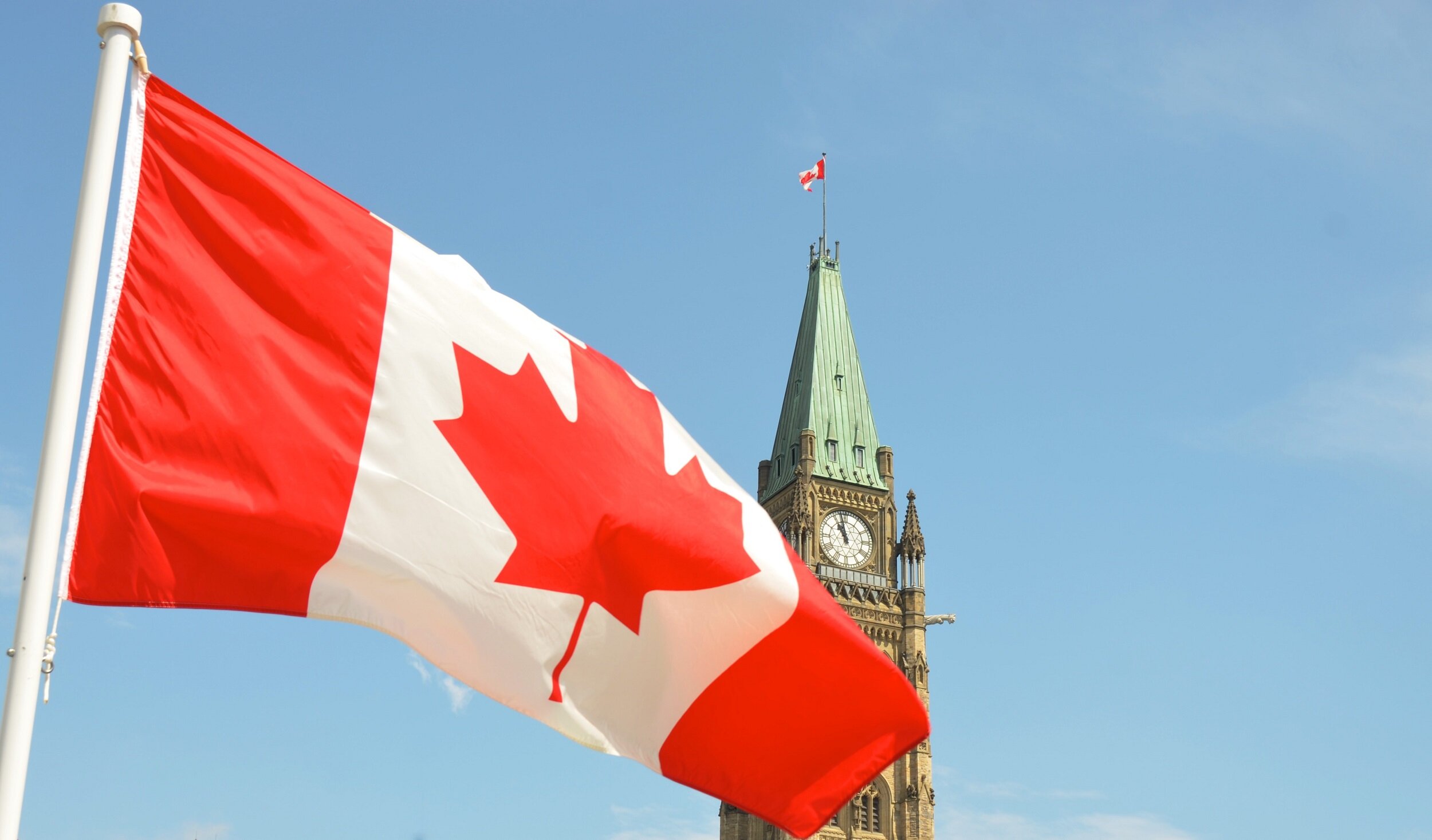
Working Alone Regulations in Canada
Many regions in Canada have safety regulations for Working Alone or in Isolation. The following are links to some information about various work-alone regulations in Canada. Failure to comply with Work Alone Regulations could result in increased WCB premiums, fines, legal action, or even criminal charges for either an organization or an individual liable.
The Westray Law or former Bill C-45
Under the Westray bill (formerly Bill C-45), the Criminal Code has been amended such that organizations and even individuals may be criminally liable for failure to take reasonable measures to protect employee safety (effective March 2004), and applies to the Code of Liabilities for Corporations)
Under Canada Bill C-45 (which applies to the Code of Liabilities for Corporations), the Criminal Code has been amended such that organizations and even individuals may be criminally liable for failure to take reasonable measures to protect employee safety (effective March 2004).
NOTE: The Canadian federal government reuses bill numbers. Bill C-45 is being used to announce Act(s) respecting cannabis and to amend the Controlled Drugs and Substances Act, the Criminal Code, and other Acts.
The regulations apply to staff working in Canada according to provincial legislation standards. The bill modernized the criminal law’s approach to establishing the criminal liability of corporations for workplace deaths and injuries. Specifically:
established rules for attributing criminal liability to organizations, including corporations, for the acts of their representatives and established a legal duty for all persons directing the work of others to take reasonable steps to ensure the safety of workers and the public
set out factors that a court must consider when sentencing an organization
provided conditions of probation that a court may impose on an organization
Read more on the Westerly Law from the Canadian Government Department of Justice website: https://www.justice.gc.ca/eng/rp-pr/other-autre/westray/p1.html
Download The Westerly Law PDF version here
As you will see below, varying lone worker regulations and legislation apply to Canada’s ten provinces and 3 territories. These include:
BRITISH COLUMBIA
In British Columbia, businesses are legally required to comply with the Occupational Health and Safety Regulations (OHSR) created by WorkSafeBC. According to Section 4.21 of the British Columbian Occupational Health and Safety Regulations, employers are required to have procedures in place for checking the well-being of employees working alone or in isolation. Communication must be maintained throughout the day, and a final check-in completed when the employee safely completes a session of working alone.
ALBERTA
In the province of Alberta, if an employer has staff who work alone, the OHS code requires the employer to conduct a hazard assessment, implement safety measures, maintain contact at intervals appropriate to the nature of the work and have an effective way of communicating with their employer during an emergency.
SASKATCHEWAN
Saskatchewan’s legislation states that "to work alone" means to work at a worksite as the only worker of the employer or contractor at that worksite, in circumstances where assistance is not readily available to the worker in the event of injury, ill-health or emergency. To work alone in Saskatchewan, the employer must identify the risks and take all reasonably practicable steps to eliminate or reduce the risks identified.
MANITOBA
The Manitoba Workplace Safety and Health Act and Regulations require that "an employer must develop and implement safe work procedures to eliminate or reduce the identified risks to workers working alone or working in isolation." The employer must identify risks to the worker when working alone and develop a safe work procedure in consultation with the worker. The employer must set up a communication system that involves using a reliable communication device to monitor the worker's safety.
ONTARIO
In Ontario, the law doesn’t discuss working alone as a distinct issue. However, all employers, managers, and supervisors must do "everything that is reasonable under the circumstances" (Occupational Health & Safety Act, Sec. 25) to ensure that their workers have a healthy and safe workplace.
QUEBEC
In the Quebec Occupational Health and Safety Act 322, its working alone policy states that “When a worker performs a task alone in an isolated environment where it is impossible for him to request assistance, an efficient means of surveillance, whether continuous or intermittent, shall be installed.”
NEWFOUNDLAND AND LABRADOR
Newfoundland and Labrador have lone worker protection legislation that employers must develop written procedures for lone workers and must be reviewed on an annual basis.
NOVA SCOTIA
The province of Nova Scotia has no OHS regulations for working alone, except in very specific cases such as confined space entry, where an attendant is required. However, under Federal Law all employers, managers, and supervisors must do "everything that is reasonable under the circumstances" (Occupational Health & Safety Act, Sec. 25) to ensure that their workers have a healthy and safe workplace.
NEW BRUNSWICK
New Brunswick has strict, comprehensive regulations regarding workers who work alone. Under The Occupational Health and Safety Act has the Code of Practice for Working Alone Regulations (OHS), employers have a legal obligation to provide safety and supervision to employees that work alone.
PRINCE EDWARD ISLAND (PEI)
The province of Prince Edward Island follows the guidelines outlined in the Occupational Health and Safety Act, Sec. 25 in protecting the safety of lone workers on the island.
NUNAVUT / NORTHWEST TERRITORIES (NWT)
The lone worker safety legislation and requirements for The Northwest Territories and Nunavut was introduced in 2016 and follows similar legislation of other provinces in Canada to take responsible measurements to protect the territories lone workers.
YUKON
In the Yukon, Under Bill No. 22 Workers Safety and Compensation Act Sec. 27 Duties of employers 2.d ) “make reasonable efforts to check the well-being of a worker in situations when the worker is employed under conditions that present a significant hazard of injury or death, or when the worker might not be able to secure assistance in the event of injury or other misfortune; and comply with this Part and the regulations.”
